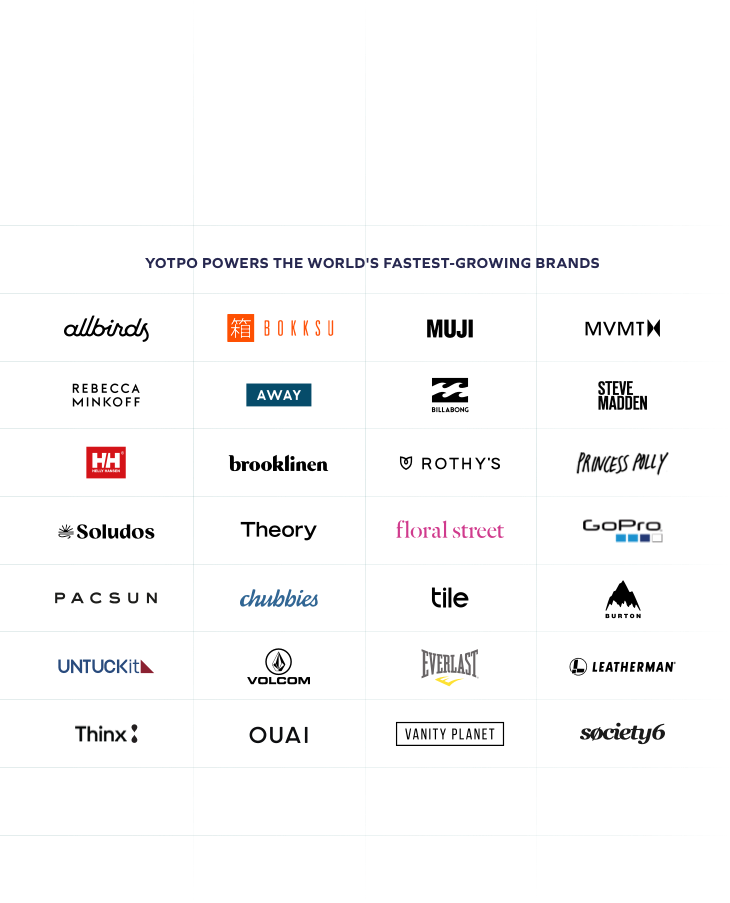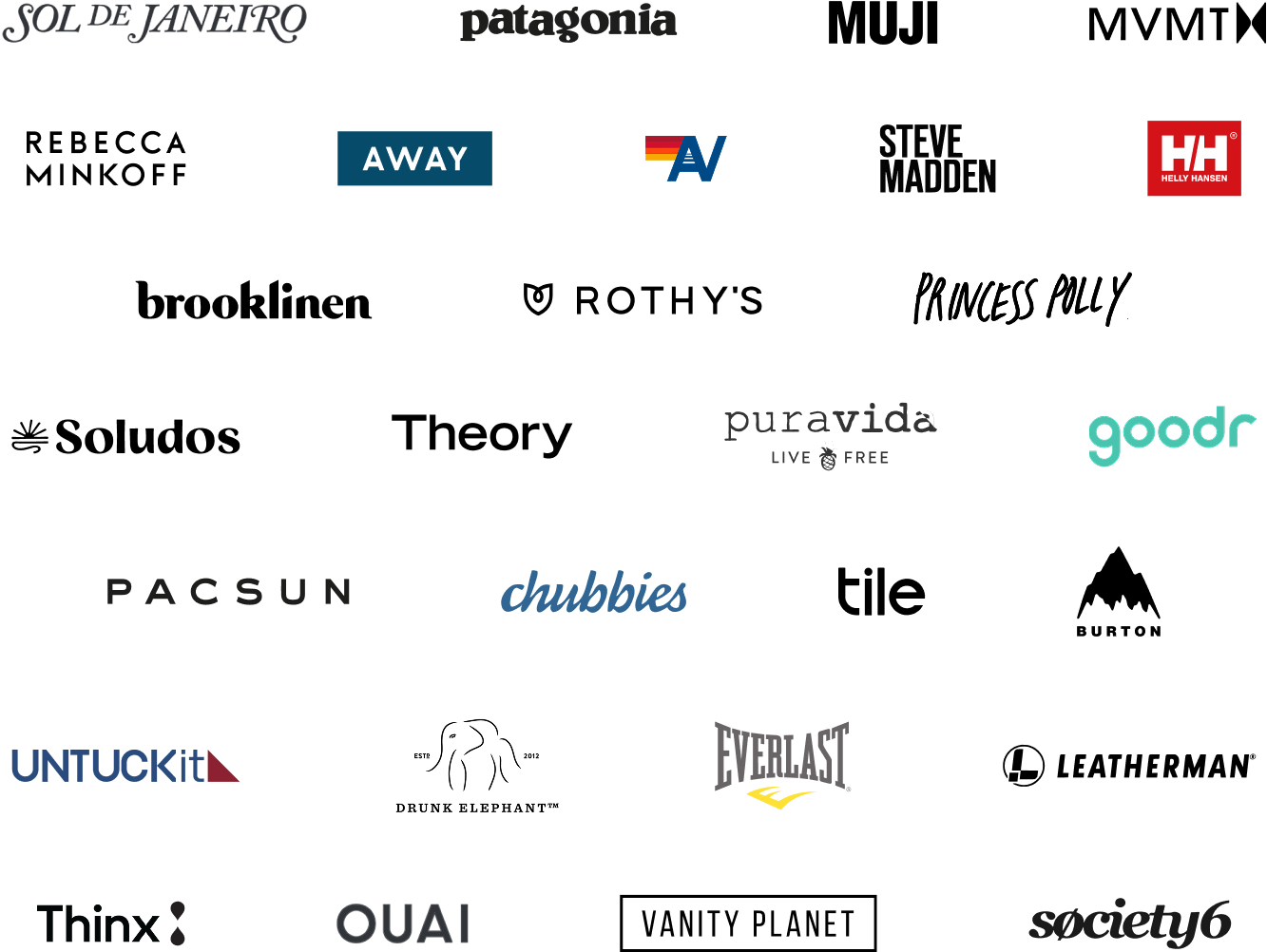At the tail end of 2020, news of iOS 14’s policy changes rocked the digital and advertising industry. Apple’s move to tighten privacy protections means stricter limitations on targeted ads, data sharing, and reporting capabilities for app users. With changes slated to roll out in early spring 2021, we understand the heightened confusion and concerns advertisers now face.
To help comb through the chaos, we’ve broken down:
- The iOS 14 changes
- Steps you can take to prepare for the shift
- Ways to better leverage your marketing strategies
Here’s what eCommerce and D2C brands need to know about the change.
What will change in iOS 14?
Apple’s AppTrackingTransparency framework (ATT) — a new framework for Apple’s Identifier for Advertisers (IDFA) opt-in mechanism — will no longer automatically default to opt-in for iOS 14 users. Instead, a future iOS 14 update will show a permissions prompt that will ask users to “opt-in” to data sharing and activity tracking.
So what does this all mean? Basically, the change will make it easier for iOS 14 users to “opt out” of the data sharing that’s necessary for ad targeting. This framework will affect all iOS apps, including Facebook and Instagram.
Due to the iOS 14 changes, both web and app-based attribution will be affected. Other significant changes include:
- For users that opt out of data sharing, Facebook will be restricted in tracking the triggered events that occur on websites. These events include page view, initiate checkout, add to cart, and more.
- Facebook will move to Aggregated Event Measurement, which will track conversions while restricting and delaying data up to 48-hours.
- Facebook is shifting to a 7-day click and 1-day view attribution window.
What impact will iOS 14 have on Facebook and Instagram advertising?
Before panic sets in, there are a few important things to note.
First, all advertisers will be impacted by the iOS 14 changes. With the ever-evolving landscape of digital marketing and advertising and the increased focus on consumer privacy, we were bound to see tools put in place to better enforce consumer privacy.
The biggest impact that advertisers will feel is iOS 14’s ability to disrupt ad optimization, targeting, tracking, and measurement. As data becomes limited, ad personalization and performance are anticipated to decline, and the full visibility into ad performance will be limited.
But again, don’t fret. There are many strategic moves you can make now to brace yourself for the iOS 14 shift.
Steps you can take to prepare for iOS14
The best way to handle any major change like this is to be prepared and start adjusting your strategy well in advance. Here are a few steps you can take to be ready for the shift.
- Facebook will be limiting how many conversion events that a domain can track and report, so to prepare, you will need to verify your domain in your Facebook Business Manager.
- Implement CAPI connections with all ad platforms. With an increased focus on privacy and as the industry continues to shift, Facebook has rolled out server-side tracking via their Conversion API (CAPI) which sends events that are happening on your website to Facebook in order to track and report.
- If you’re an app-based business, update to Facebook’s SDK for iOS 14 version 8.1, which allows you to personalize, measure, and optimize ads delivered to iOS 14 users.
- Agree on a max of eight conversion events for all marketing efforts across the board. While this inevitable change may limit all conversion events, this Facebook update will give you transparency on top-of-funnel metrics and engagement to best optimize your next marketing steps.
- Anticipate a change in KPI benchmarks, due to changes in attribution windows, and rely on alternative measurement strategies. Moving from in-house analytical efforts to data experts, like MuteSix’s team, who reports on fundamental ad tracking changes in their DataSix Newsletter, can also be a game-changer. Our customer propensity modeling uses statistical measurement solutions that focus on remarketing and retention strategies for not just Facebook and Instagram ads, but paid social, search, and even Amazon.
- Explore channel diversification to minimize risk and reliance on a single ad platform.
- Enhance your overall creativity with expert content creation and enhanced messaging. The average Facebook and/or Instagram user scrolls through 300 feet of Newsfeed per day, and what stops them is the quality of content. A thoughtful, creative-first approach is more than enough to significantly move the needle for your brand. One effective way to do this is by leveraging user-generated content like product photos and videos. Yotpo data shows that ads with UGC have a 3x higher CTR, on average.
- Because all of these limitations will impact your acquisition, it will be more important than ever to focus on improving LTV from your ad-driven leads. One of the primary ways to do this is by adding a loyalty program platform to your tech stack. Shoppers who engage with Yotpo Loyalty programs, for example, have a 65% higher LTV. Moreover, the AOV for loyalty members is typically 8% higher.
Ultimately, every brand is going to be dealing with the same challenges with iOS 14, and the best tactic is to begin adjusting your strategies now.
And to lessen the headaches that come with massive, ongoing ad changes, do consider making the move to a digital marketing and advertising agency. Having an agency on your side takes the pressure off and means not having to worry about what Big Tech will do next. High-performing agencies, like MuteSix, work directly with partners like Facebook and Google, so you can focus on the day-to-day of your business.














 Join a free demo, personalized to fit your needs
Join a free demo, personalized to fit your needs